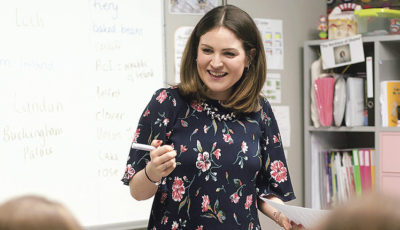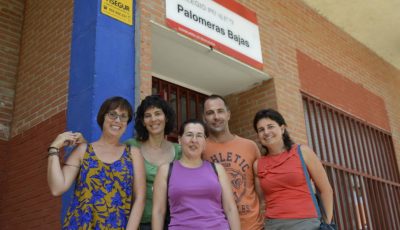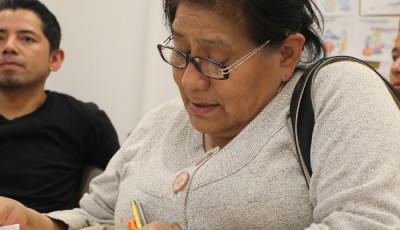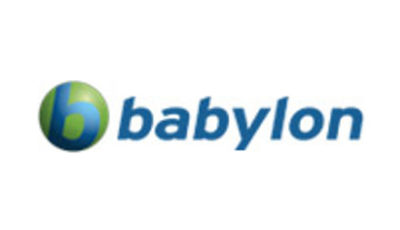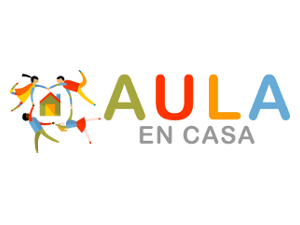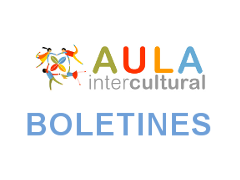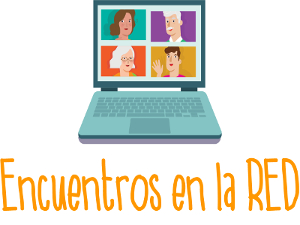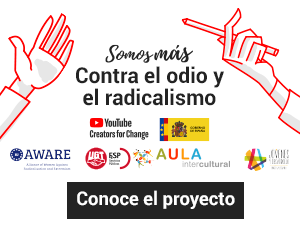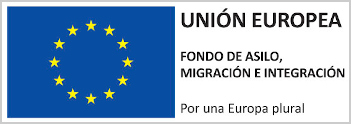Bilingual Schooling That Works
By Luisa Garro
La educación bilingüe, una vía de estudio que funciona. Este artículo habla sobre como el aprender en dos idiomas beneficia enormemente al alumno pues expande su mente no solo a comunicarse de diferentes maneras si no también a entender otras culturas. Apoya a la educación que no solo fomenta el desarrollo de un segundo idioma en los extranjeros pero también para los nativos. (Articulo publicado originalmente en The New York Times: 10 de Julio, 1999).
The national reputation of bilingual education has never been worse than it is today. Last year a long-gestating revolt in California culminated in the passage of a proposition forbidding mandatory bilingual instruction. Not many people realize, though, that there is at least one type of bilingual education that works: dual immersion.
My daughter and I are proof. Growing up, I attended a private school in Buenos Aires, where I spent half the day learning in English and the other half in Spanish. Different teachers taught every subject in both languages. My parents saw learning a second language and culture as a great benefit.
I felt the same way about my daughter, who graduated two years ago from a dual-immersion program at a public elementary school on Manhattan’s Upper West Side. She learned all of her subjects in two languages, with instruction by the same teacher, in English and Spanish on alternating days. Julia is fully bilingual and biliterate — recently she wrote book reports in Spanish and English about «Cuando era puertorriquena» («When I Was Puerto Rican») by Esmeralda Santiago and «A Raisin in the Sun» by Lorraine Hansberry.
Traditional, «transitional» bilingual programs were created in the late 1960’s and early 70’s in response to legislation and court orders that required schools to provide an education in a child’s native language. The transitional model was developed in a hurry and without much pedagogical foundation. Unfortunately, it remains in existence in spite of its often spectacular failures.
Dual immersion should replace these transitional programs as the model for bilingual education. Neurological research suggests that the window of opportunity for learning a language is wide open in early childhood. Immersing young students, including English-speaking ones, in a dual linguistic bath gives them a chance to learn two languages in a country where many barely learn one.
When native speakers of English share a classroom with children who speak other languages — Spanish, Chinese, Korean and French are the most common in the United States — each group learns its second language from peers as much as from teachers. This helps students avoid the ghettoization, terrible for everyone, that is often an unintended but inevitable consequence of transitional programs that segregate speakers of other languages from English-speaking peers.
In dual-language programs, teachers are fluent and work in both languages. But other models can serve as well — those not bilingual can teach in pairs, with two sets of children alternating between the English classroom and the other language classroom. This approach creates an environment of total language immersion without depending on the availability of qualified bilingual teachers, who are scarce.
In traditional bilingual programs, the teachers either wait too long to expose the children to English or make them abandon their native languages. They miss the opportunity to build on what the students already bring into the classroom. For a bilingual program to succeed, the two languages must share equal footing in terms of time immersed in each language and student population.
My daughter is among 50,000 students nationally who enjoy this kind of education. According to the latest results of a continuing study by George Mason University, learning in two languages makes for fewer high school dropouts and a better chance for students to get to college fluent in a second language. Great models exist in Chicago, Los Angeles, Miami and Milwaukee, although there are only 18 public dual-language programs in New York State.
Wouldn’t this be a smarter way to spend the Federal and state money that is available for bilingual education? The more dual-language programs there are, the more often we will hear comments like this one, made by an English-speaking first grader in a dual-language program: «If I learn how to speak Spanish, I will have twice as many friends.»
Originally published by The New York Times Company; July 10, 1999
Back to the main page
For more information, contact
Luisa Costa Garro, PhD
Coordinator of the Dual Language Series
lgarro@bnkst.edu
(212) 875-4689
(212) 875-4753 Fax

